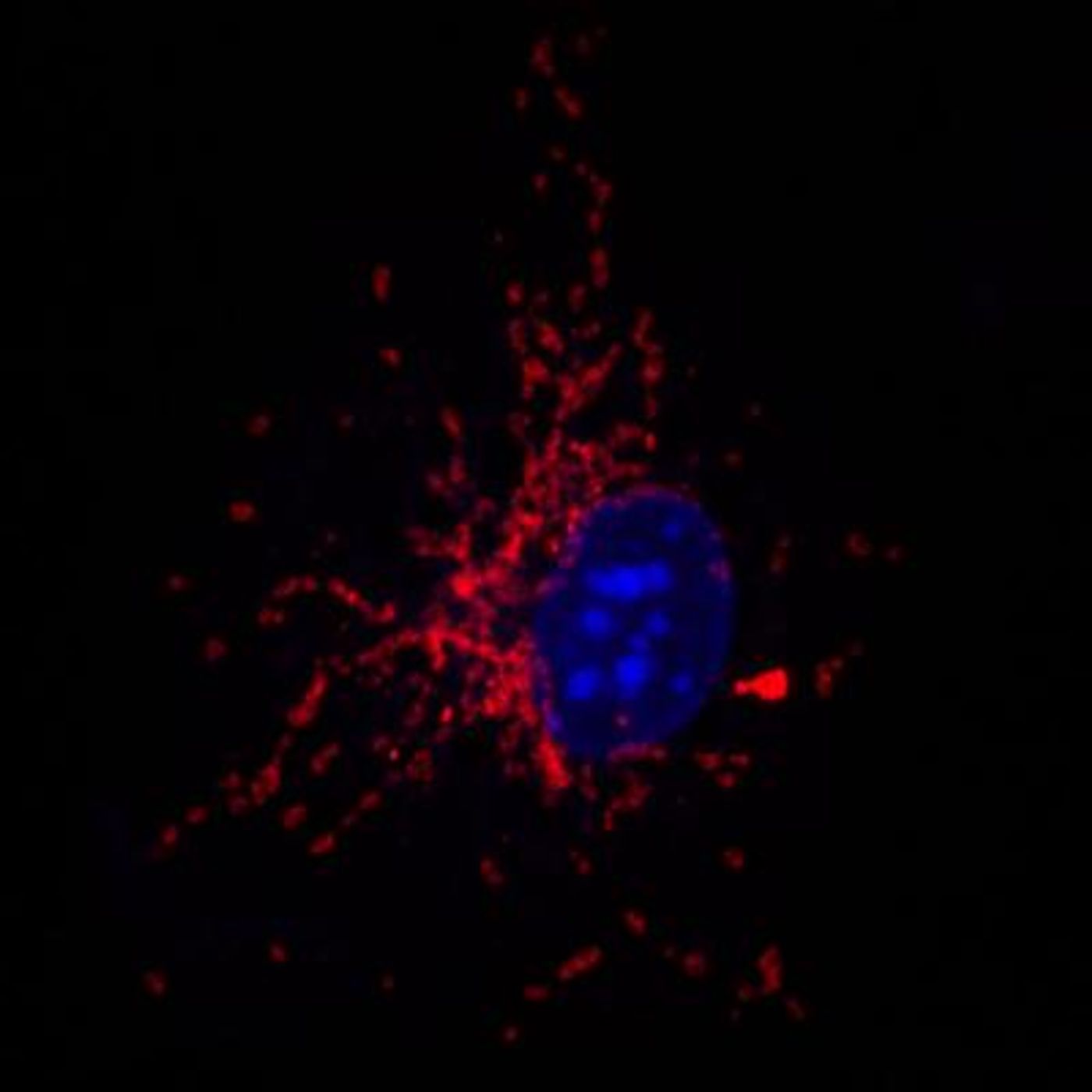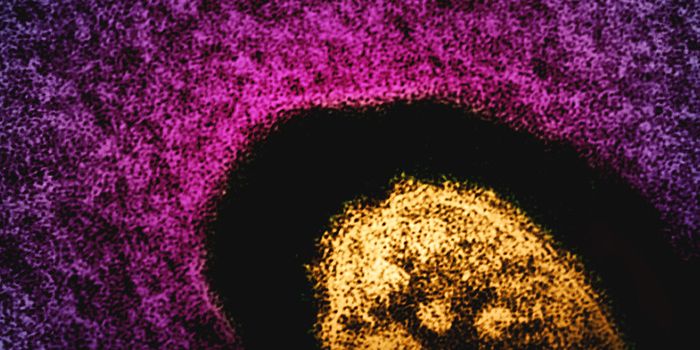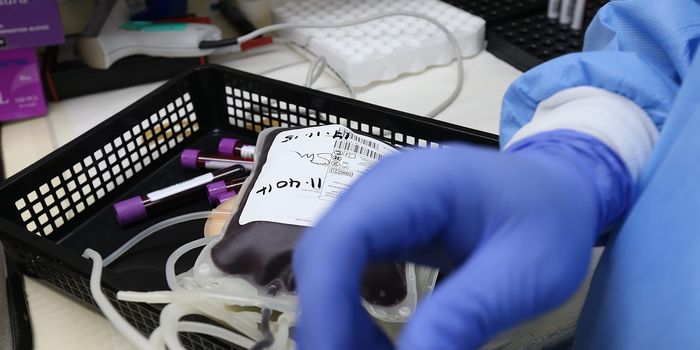Many of the intricacies of the immune response during a pathogenic infection are yet to be fully understood. In a new study from the CNIC, researchers solved a bit more of the puzzle by uncovering how macrophages detect live bacteria and cause a domino-effect of reactions that alter mitochondrial metabolism to benefit the power of the immune response.
From the Centro Nacional de Investigaciones Cardiovasculares Carlos III (CNIC), in a paper published in
Nature Immunology, scientists discovered the organization of the mitochondrial electron transport chain undergoing multiple structural changes in response to macrophages sensing bacteria. Certain compounds like lipopolysaccharides are unique to bacterial cell walls and can alert macrophages and other immune cells of an invader’s presence. What the researchers looked at in the current study was how the detection of bacterial biomarkers also led to changes in mitochondrial metabolism, and how these changes enhanced the immune response.
At the heart of mitochondrial metabolism is the electron transport chain (ETC). When a person eats a meal, the sugars and fats the body obtains by breaking it down provide energy for the ETC and its multiprotein complexes. These complexes assume several forms, named by scientists as I, II, III, and IV. Supercomplexes within the ETC provide structural stability and system efficiency, and these groupings also play a large role in metabolic changes during a bacterial invasion.
When a macrophage recognizes live bacteria and starts sending signals to the rest of the immune system that there is an intruder, the scientists saw in their studies that there is also a temporary reduction of supercomplexes associated with complex I in the mitochondria of these macrophages, while the respiratory activity is elevated. At the same time, various signaling pathways are activated by oxidative molecules, and then the pathways lead to the regulation of complex II activity. In this situation, complex II then promotes the release of immune signals called cytokines and other metabolites, which boost other parts of the immune response, enhancing the body’s ability to hone in on a bacterial invasion.
Scientists from the study believe that bacterial RNA and other unique factors that stimulate the immune system could be a way to learn more about creating more effective vaccines and therapies by improving the redirection of energy from metabolism that allows the immune system to focus on fighting the infection.
Source:
CNIC


















































